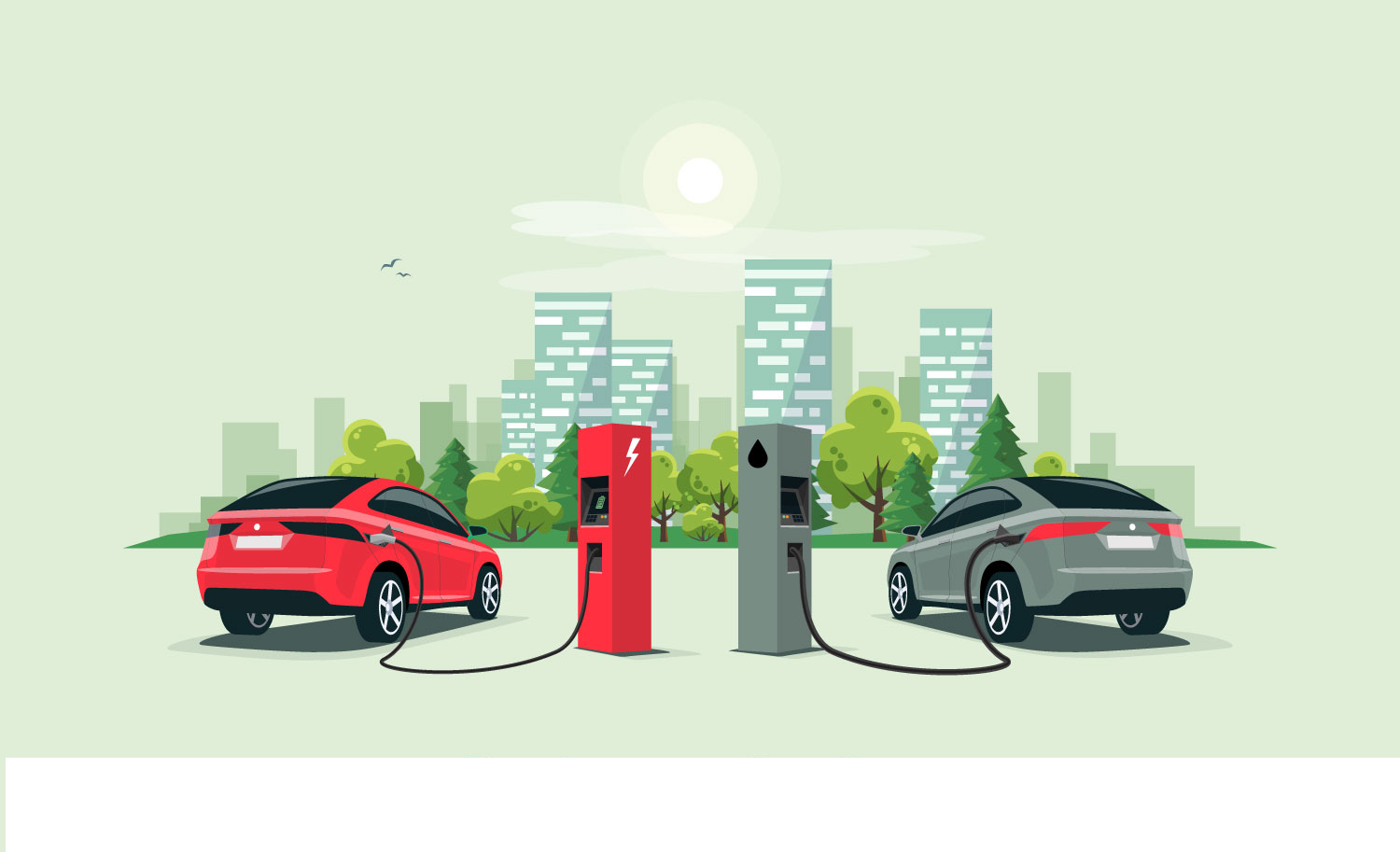Electric vehicles have been in increasing use in recent years. In the automotive sector, the use of vehicles with electric motors is increasing as an alternative to models with internal combustion engines. Micro-mobility vehicles such as electric scooters and electric bicycles are becoming increasingly common in society. But what impact do electric vehicles have on the environment?
Exhaust Gas Emissions Made History
Vehicles with internal combustion engines pose many environmental risks. Foremost among these is their contribution to global warming through carbon emissions. The damage caused by millions of internal combustion engine vehicles manifests itself on both micro and macro scales. According to a study conducted in the US in 1995, nearly 30,000 citizens in the country died every year due to respiratory diseases caused by exhaust gas. Another important point was that over 700 million cars at that time accounted for 25 percent of global greenhouse gas emissions. With electric vehicles, the risk of exhaust gas has disappeared. As the number of electric models increases, this risk will gradually decrease.
Efficient Use of Resources with Renewable Energy
Another important advantage of electric vehicles is, of course, the engine that can be powered by renewable energy sources! Vehicles with conventional internal combustion engines are powered by fuels produced from petroleum, a limited resource. Electric vehicles offer a renewable model with their battery and electric motor. EV batteries thus offer a clean energy model with a low carbon footprint. While coal plants in the production of electrical energy are the focus of some debates, the use of solar and wind energy is increasing in the EV field. Therefore, sustainable and environmentally friendly charging technologies that do not harm the environment stand out in the energy needs of scooters, bicycles or electric cars.
Recyclable Batteries
The lithium-ion batteries that power electric vehicles have a certain lifespan. This raises concerns that electric vehicles generate waste after the battery range has expired. First of all, lithium-ion batteries have very high standards compared to other battery models. Compared to conventional lead-acid batteries, lithium-ion battery models can store much more energy. Apart from that, another advantage of lithium-ion batteries is that they are recyclable. Recycled lithium-ion batteries are often used as backup batteries or for grid storage.
High efficiency, low cost
The energy model of electric vehicles has not only environmental advantages but also efficiency advantages. This indirectly makes electric scooter or car models stand out from an environmental perspective. One of these is the rate at which energy can be converted into motion. In vehicles with internal combustion engines, the engines used to provide power convert energy into movement at a rate of 21 percent. In electric vehicles, this rate is 62 percent. This shows that electric vehicles offer high efficiency at low cost.
In a world where cars with internal combustion engines alone emit over 300 million tons of carbon dioxide every year, electric vehicles have become the key to a green future. An electric vehicle charged with renewable energy emits 85 percent less carbon dioxide emissions than a regular car. Efficient, savings-oriented and sustainable construction makes electric vehicles even more popular.






